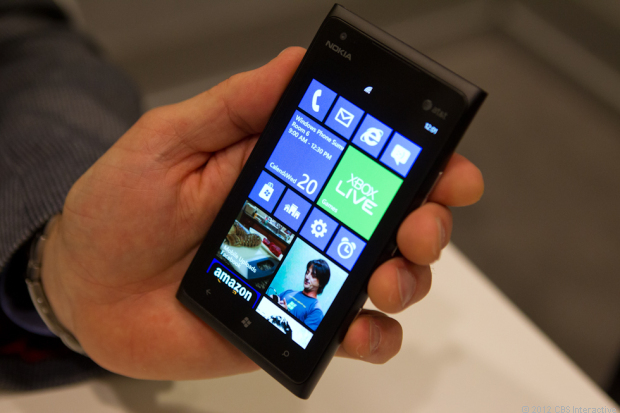 NEWS
NEWS
 NEWS
NEWS
 NEWS
NEWS
![]() Various opinions regarding the $7.17 billion Microsoft-Nokia deal have been voiced. Some regard this as a desperate move for Microsoft to catch up in the mobile market while others see this as the company’s last attempt to make Windows Phone matter.
Various opinions regarding the $7.17 billion Microsoft-Nokia deal have been voiced. Some regard this as a desperate move for Microsoft to catch up in the mobile market while others see this as the company’s last attempt to make Windows Phone matter.
Though Windows Phone is gaining traction in emerging markets, there were rumors going around that Nokia wanted out of their deal and was looking to use the Android platform instead. Meanwhile, others stated that Nokia is going bankrupt and the only way to save the company was to sell parts of the business to Microsoft – which is transitioning to become a devices and services company.
Others see the deal as the death knell for BlackBerry’s own business as Microsoft was once seen as its saviour. With this deal, Microsoft is well and truly out of the picture, leaving BlackBerry to fend for its own survival.
But there’s still one more angle we’ve yet to discuss and that’s the implications of the deal for enterprise IT.
Bring your own device (BYOD) is practiced by most enterprises these days, but it can be a nightmare for ITs to manage various people’s devices, running different platforms, making sure everything is secured and the right people have the right access to the right data.
With the acquisition of Nokia, Microsoft now has an arsenal of mobile tools that would allow them to incorporate mobile devices into enterprise IT infrastructure.
Microsoft currently offers Windows Server 2012 R2, System Center 2012 Configuration Manager, Windows Intune and Azure to provide a comprehensive mobile-optimized IT ecosystem. This allows enterprise IT to centrally manage Windows phones and tablets as well as devices running Apple’s iOS and Google’s Android. With the acquisition of Nokia, especially the Lumia and Asha line of devices, it would allow Microsoft to optimize these devices so they can be integrated with its existing offerings.
ITs will be able to better control Windows 8 mobile devices and PCs, since they can all join a Windows domain. ITs can use features such as Dynamic Access Control, Virtual Desktop Infrastructure, and multi-factor authentication to deliver a full corporate experience to a user’s tablet, laptop or smartphone, since it was recently announced that the Windows Phone enterprise capabilities has been expanded to include the ability to access corporate resources behind the firewall with app-aware, auto-triggered VPN.
“From an IT perspective you can make a dashboard out of the live tiles. You can set up the CEO’s Windows Phone so he can see everything in the company that is of value to him without going into any of the applications,” Michael Disabato, managing vice president of Network and Telecom at Gartner, said.
“The concept of real-time dynamically changing icons on your home screen is a powerful, compelling story. They haven’t been able to do anything with it.”
This is also great news for developers since the tools they use to program and write codes in desktop can be used for app development on Microsoft’s mobile devices. With that in mind, developers will be encouraged to develop more apps for Windows Phone as it now has its own dedicated hardware – quite unlike before when developers weren’t too sure of the platform’s future.
BlackBerry used to be the go-to guy for enterprise mobile solutions, but with declining interest in its mobile offerings and the agonizing wait for new devices that only disappointed users when they were released, other OEMs have taken the opportunity to provide enterprise solutions. The acquisition doesn’t mean that Microsoft is suddenly going to overtake Apple, Samsung and Google in the mobile race, but the company does look a lot better poised to gain a solid foothold in the third spot, which is exactly what it’s looking for.
If it can do that, many will laud Microsoft’s takeover of Nokia as a successful move, but Redmond doesn’t want to settle for third place – that’s just the short term goal. Ultimately, what Microsoft wants is to become a genuine rival to Android and Apple, and gaining a foothold among enterprise users is one way of doing. But to really challenge its rivals, Microsoft is going to have to add differentiation and come up with better devices capable of making people turn their heads and say, “I want that smartphone/tablet.”
THANK YOU